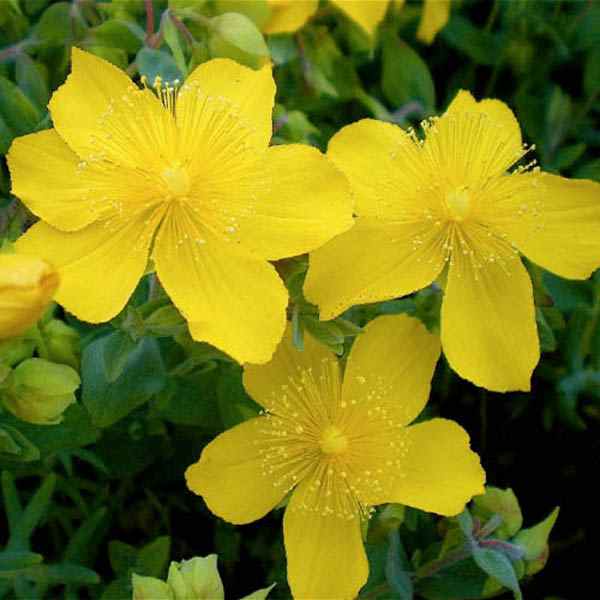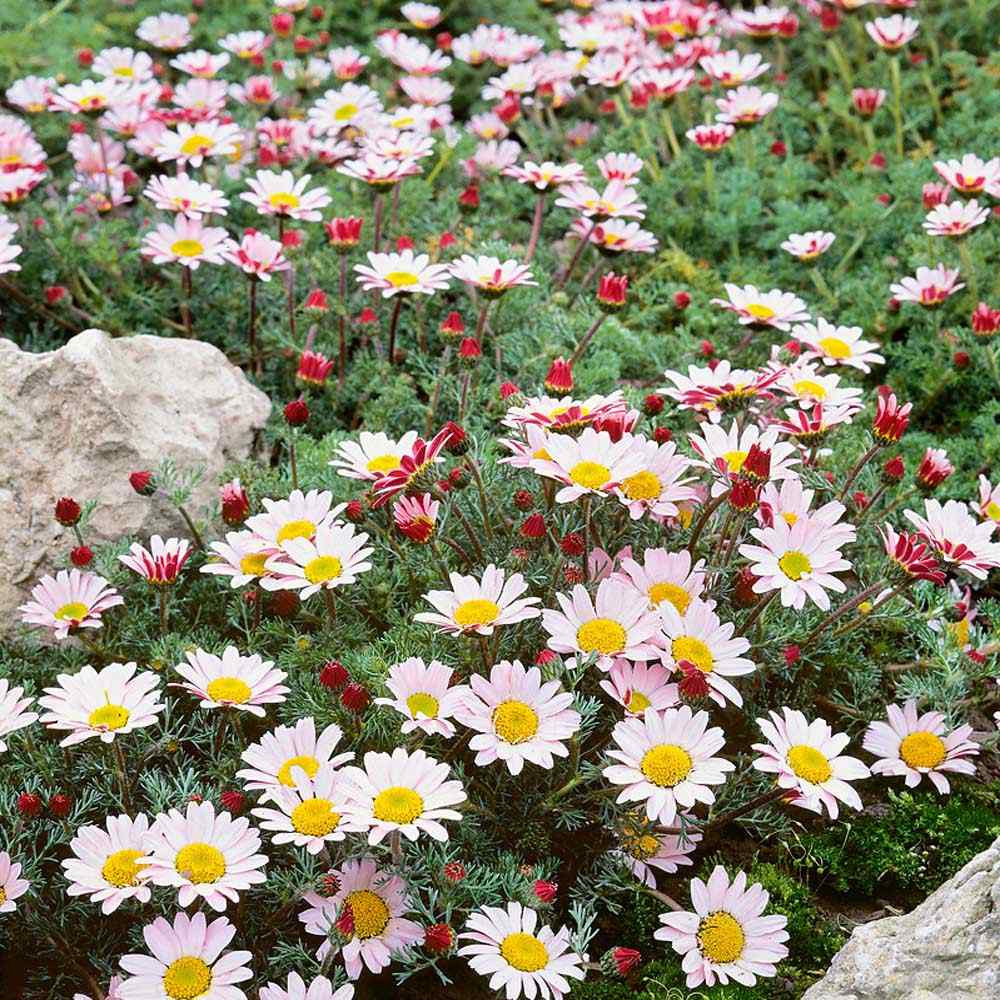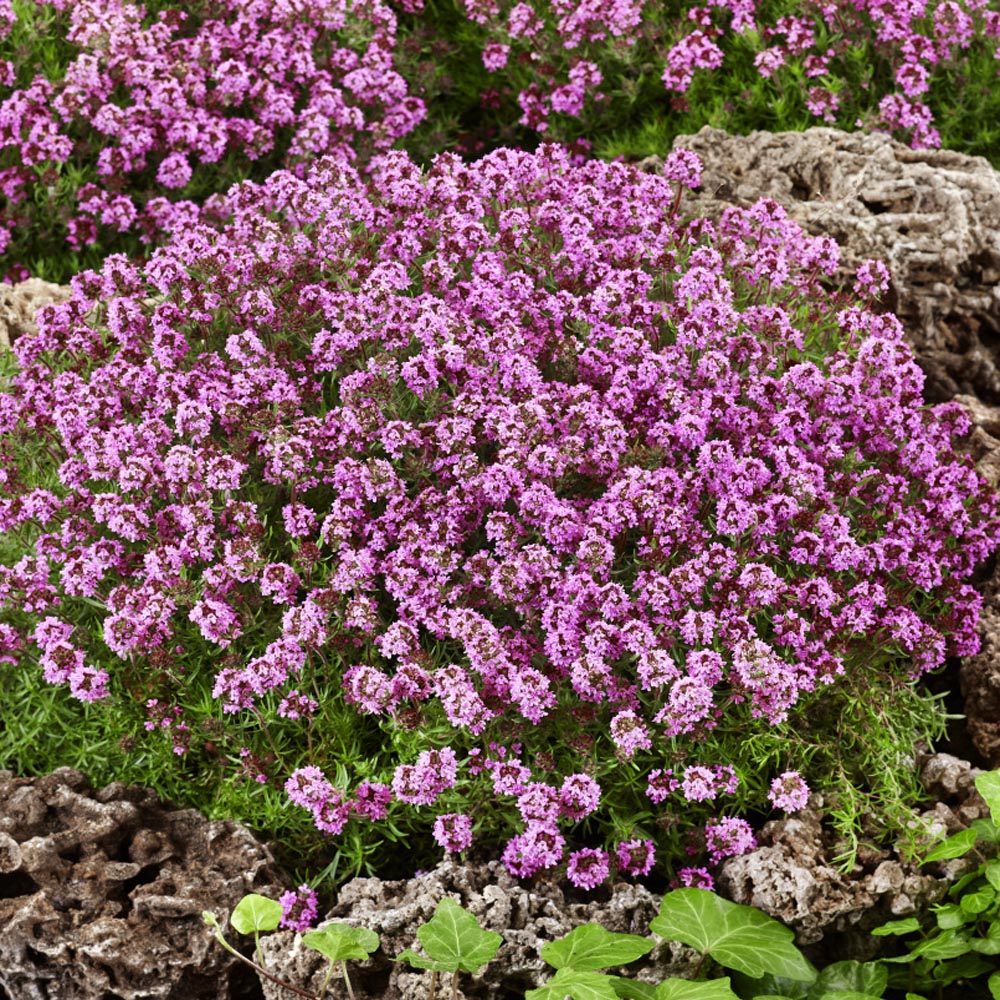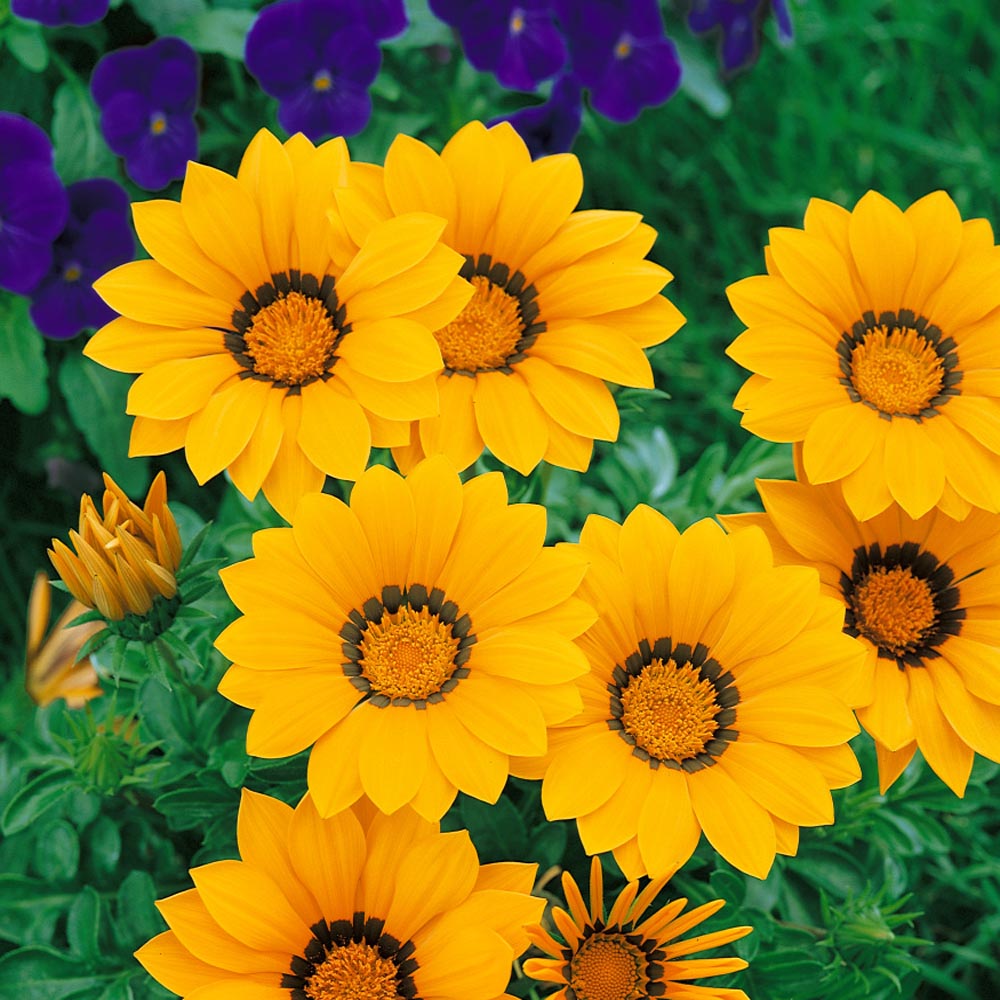
Hypericum Planting Guide
Quick Facts About Hypericum
Hypericum makes a great rock garden addition, or weed-suppressing ground cover. It prefers a sunny location where it can enjoy direct solar rays even throughout the entire day. It is also known as Trailing St. John's Wort.
Planting Time
Plant indoors 10 weeks before the last frost. Or, start directly outdoors after danger of frost has passed.

Planting Location
Plant in full sun with well-drained soil.
How to Plant Hypericum
- You have two options for planting seeds: Sow them directly into the garden after the risk of frost has passed, by covering lightly with peat moss. Alternatively, start seeds indoors ten weeks before the average last frost date in spring.
- Presoak seeds overnight before planting 3 - 5 seeds per cell or plant. Or approximately 200 seeds covers 4 square feet.
- Once seedlings sprout, ensure they receive plenty of light by placing them on a sunny windowsill or positioning them 3-4 inches below fluorescent plant lights that are switched on for 16 hours daily and off for 8 hours at night. Adjust the lights as the plants grow taller. Avoid using incandescent bulbs as they generate excessive heat. Remember, most plants need a period of darkness to thrive, so do not keep the lights on for 24 hours.
- Transplant into garden when temperatures are consistently warm.
- Before transplanting seedlings into the garden, it's essential to "harden them off". This involves acclimating young plants to outdoor conditions by placing them in a sheltered outdoor area for about a week. Initially, shield them from strong winds and direct sunlight. If there's a risk of frost overnight, either cover the plants or bring them indoors, then return them outside in the morning. This hardening off method helps strengthen the plant's cell structure, minimizing transplant shock and sun damage.
- Space plants 16 inches apart in garden.

Care And Maintenance
- Keep weeds under control during the growing season. Weeds compete with plants for water, space and nutrients, so control them by either cultivating often or use a mulch to prevent their seeds from germinating.
- Mulches play a vital role in preserving soil moisture and ensuring consistent soil temperatures. When it comes to annuals, using organic mulch made from shredded leaves not only enhances the appearance of the bed but also enriches the soil as it decomposes over time. Remember to keep mulch away from the plant stems to avoid potential rot issues.
- In a hot and dry climate, water frequently during the summer months. Try to keep the soil cool and damp during periods of extended high temperatures above 90 degrees. Irrigate once a week during the evening or morning hours to keep the soil moist and the plant healthy.
- Trim back after blooming to help keep a mounding shape.




































